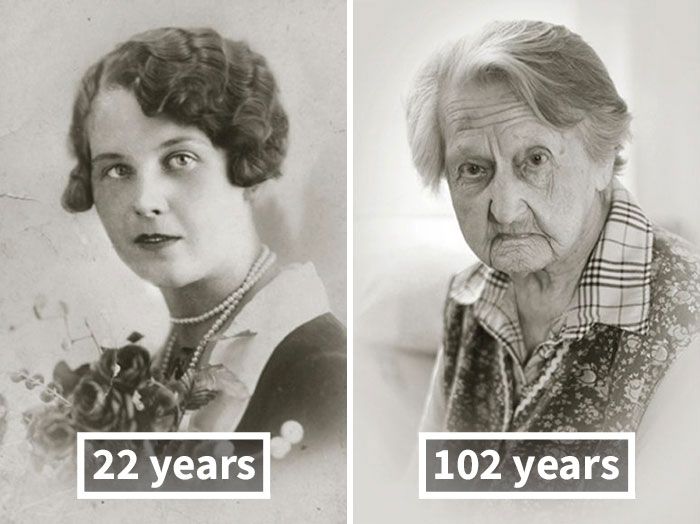A truly mind opening web page. A life changing one. About one's beliefs and one's belief system.
Very worth having a look.
http://theoatmeal.com/comics/believe
Very worth having a look.
http://theoatmeal.com/comics/believe
Fascinating to know about how how having words to describe things enables 'seeing' those things.
When I first learned to speak Tibetan, I would ask Tibetans what colors such and such were called. I had no idea that the majority of Tibetans only knew 3 colors, red, black and white. That shocked me.
Decades later, I learned about how being able to name a color allows a person to see that color. How amazing is that.
I would speculate that the same concept works for many other things in life, like comprehending abuse, family dysfunction, trauma. Having the words to describe those emotional environments or experiences allows people to be able to 'see' those things in ways they may have been blind to in the past.
No one could see the colour blue until modern times
Whoa. One's own portable brain scanner:
The award-winning EMOTIV EPOC+ 14 channel mobile EEG is designed for scalable and contextual human brain research and advanced brain-computer interface applications and provides access to professional grade brain data with a quick and easy to use design. Access high-quality raw EEG data with a PRO license or conduct research leveraging our detections for mental commands, performance metrics or facial expressions.
New EEG reading device for personal consumption
Performance & Wellness
Unlock the power of your mind with affordable brain sensing technology
Walk to the Mona Lisa in the LouvreLeonardo da Vinci Bridge
How to make Leonardo Da Vinci's Bridge with popsicle sticks
https://youtu.be/glZWiw5liZA
1934 - Victorian couples married for 50+ years gather in Long Beach, CA
Aboriginal artist Louise Numina Napananka painting gorgeous patterns.
Numina Sisters
 |
| Selina Numina Napananka / Medicine Leaves |
 |
| Louise Numina Napananka / Medicine Leaves |
 |
| Sharon Numina Napanangka / Medicine Leaves |
Awesome site:
"I'm a backpacking ethnomusicologist traveling Indonesia researching and recording rare and endangered traditional music, then sharing it all for free online.
My name's Palmer Keen. I'm a guy who's obsessed with music in a corner of the world that most people never even think about, Indonesia. Indonesia is the fourth most populous country in the world and also perhaps the most musically diverse country on the planet, but so much of this music is unknown or unavailable outside the country. My mission is to share this stuff with the world.
For more than four years I've been traveling around Indonesia researching and recording dozens of Indonesian music styles and sharing it all for free on my website, Aural Archipelago. Without a formal background in ethnomusicology, I've figured it all out as I go: becoming fluent in Indonesian, learning how to do fieldwork, and making connections with musicians and communities across the thousands of islands in the archipelago. I travel with all my gear in a backpack, staying with musicians in their homes, going to remote villages that have never seen foreigners, and finding music that's never been heard outside of these islands. There have been lots of adventures along the way and so, so much great music."
The Aural Archipelago on FaceBook
Handy free Japanese lessons online. Simple and practical.
How to solve peg solitaire

































